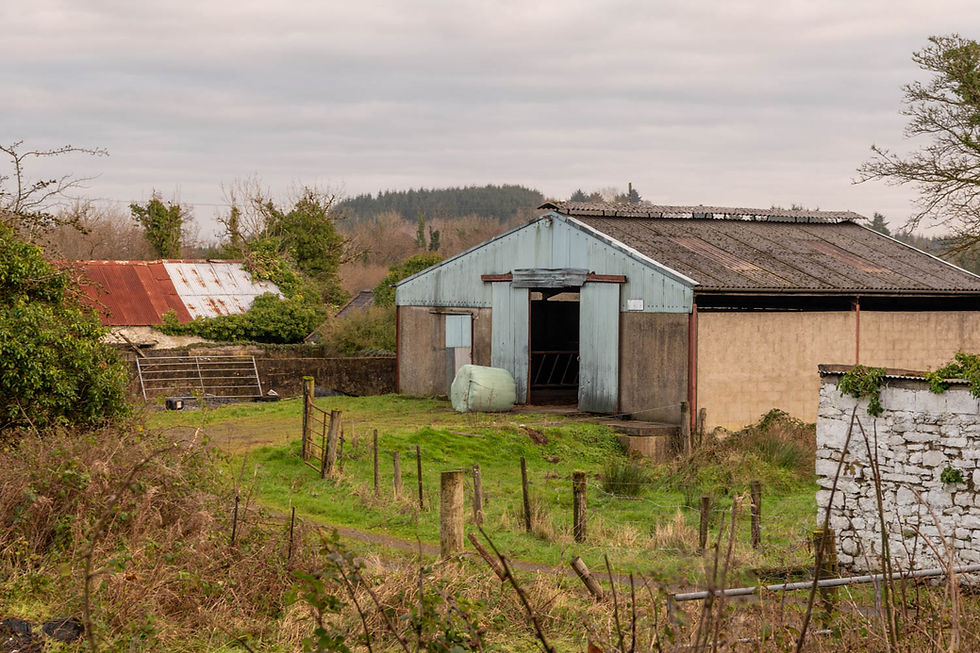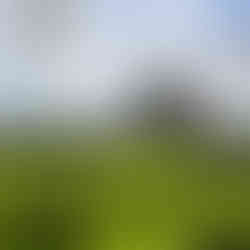Capturing History: The Beauty of Photographing Old Buildings
- WildWillowWays

- Sep 21
- 3 min read

While there is a wide range of subjects that I like to photograph, old buildings seem to take top spot on my list. I am always drawn to old period houses, castles, churches, and even to ruins of these buildings.
As well as these more ancient buildings I also like to make images of abandoned houses, old sheds and buildings that may be falling into disrepair.





My reason for being drawn to these subjects is that I am intrigued by their history and the stories they can tell. Old buildings have character and detail; they hold so much history and heritage of the people who lived and worked under their roofs and those whose lives intertwined with the inhabitants of the buildings. They bring us back to a former time when life was different, yet they stand as connections to that time that may soon be lost forever.
Recently I have undertaken some photography projects involving old buildings of different types that are situated in a variety of places from rural to urban. These buildings are very different in their structure and use yet they each tell a unique story of past times, of the people who dwelled there, of their lives and communities.
Some Suggestions for Photographing Old and Historic Buildings
I am by no means accomplished at this type of photography so I don’t intend to give expert tips, but photographing old buildings has helped to improve my composition skills and to learn the fundamentals of architectural photography so I can share what I have learned.
For most of the buildings I am drawn to I like to spend some time walking around, observing details and surroundings. I usually make at least three images showing the subject from different perspectives, or a combination of wide and detailed shots, though if it is a subject of particular interest I will spend more time and try to get creative with my compositions to best tell the story of the building.
Some of the compositional techniques that can be employed are the use of leading lines, framing, symmetry, use of foreground and consideration of where to position the subject in the frame.
FENAGH ABBEY, CO. LEITRIM

On this occasion my attention was drawn to this old abbey set on a small hilltop. I stopped and read some details provided, which told me that it is an
ancient Monastic settlement that dates back to the 6th Century.
The original structure was built in the Early Christian period in Ireland and it has been renovated and modified over the centuries, which is reflected in its range of architectural styles. The abbey was a place of worship, education and gathering for the monks who lived there and for the local community, and it helped to spread Christianity throughout Ireland. While its religious significance will be of interest to some, my interest is in the historical relevance of the abbey as its monks produced many scholarly manuscripts which made a rich contribution to the culture and heritage of the region.
My first visit on this occasion was on a wet, overcast day. I was passing on my way to another location and was so fascinated by this structure which came into view that I had to stop and get my camera out. Unfortunately, although I did have some foreboding clouds, the absence of good light meant that I could not get the best possible images, so I decided to stop again on my return if the weather was more amenable.
The images below give a brief flavour of the abbey and its surroundings.
Is there a particular subject that you feel drawn to?






























Comments